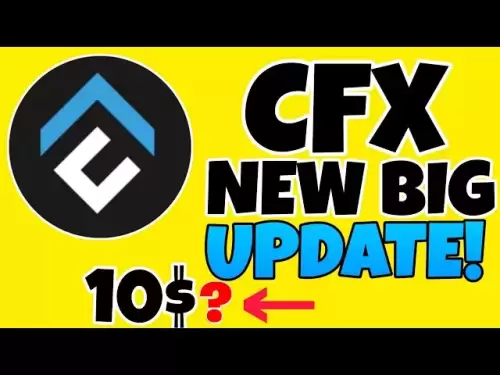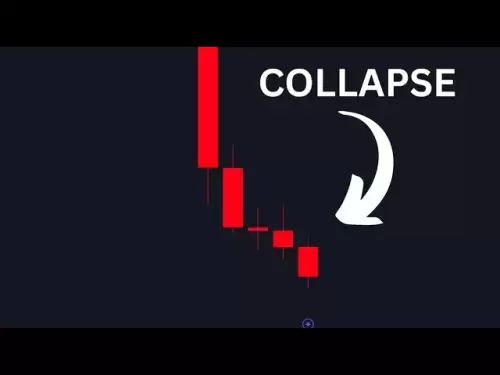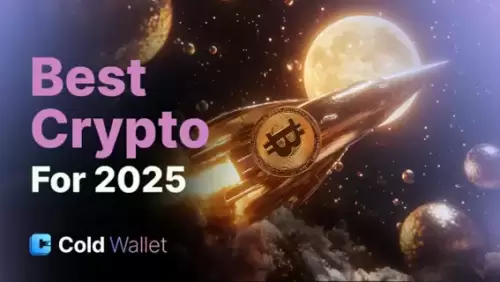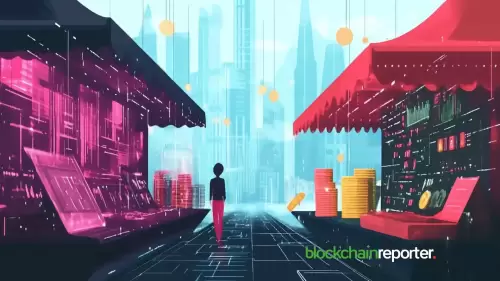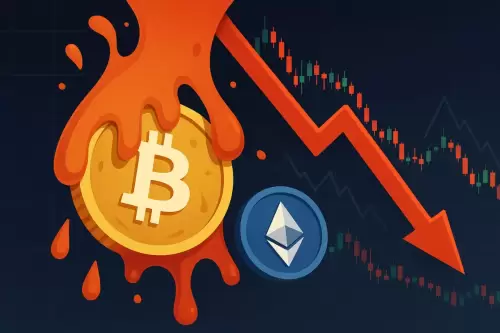 |
|
 |
|
 |
|
 |
|
 |
|
 |
|
 |
|
 |
|
 |
|
 |
|
 |
|
 |
|
 |
|
 |
|
 |
|
ビットコインマイニングは、GPUと地下室のセットアップの時代から長い道のりを歩んできました。その間、鉱夫は無数の方法で進歩しています。
Bitcoin mining has come a long way since the days of GPUs and basement set ups. In that time, miners have advanced in countless ways. For example, ASICs are now the standard, not GPUs.
ビットコインマイニングは、GPUと地下室のセットアップの時代から長い道のりを歩んできました。その間、鉱夫は無数の方法で進歩しています。たとえば、ASICはGPUではなく標準になりました。
Furthermore, enterprise grade players have entered the field, opening new frontiers and bringing with them the size and institutional recognition that opens the doors to otherwise unreachable places for smaller miners. Nowadays, the mining landscape is one where grid services, curtailment strategies, and energy market participation are no longer edge cases but core strategies.
さらに、エンタープライズグレードのプレーヤーがフィールドに入り、新しいフロンティアを開き、小規模な鉱山労働者にとって到達不可能な場所へのドアを開く規模と制度的認識を彼らにもたらしました。今日、鉱業の景観は、グリッドサービス、削減戦略、エネルギー市場への参加がもはやエッジケースではなく、コア戦略である場所です。
As the world around it has moved forward, there’s one question we keep hearing from miners: can PPLNS adapt?
その周りの世界が前進したので、私たちが鉱夫から聞いている質問が1つあります。PPLNは適応できますか?
Many miners, particularly those working closely with energy providers or integrating Demand Response mechanisms, have come to view PPLNS with suspicion. They worry that it penalizes downtime and rewards only uninterrupted hashrate—a bad deal for those who routinely curtail machines to support the grid or provide other services.
多くの鉱山労働者、特にエネルギープロバイダーと密接に協力したり、需要対応メカニズムを統合したりする人は、疑いのあるPPLNを見るようになりました。彼らは、ダウンタイムを罰し、途切れないハッシュレートのみに報いることを心配しています。これは、グリッドをサポートしたり、他のサービスを提供したりするために機械を定期的に削減する人にとっては悪いことです。
This fear isn’t baseless. It traces back to a pivotal moment in the mining industry’s recent past, one that apparently sealed the deal for many on PPLNS style payouts: the fallout between RIOT and Braiins Pool.
この恐怖は根拠がありません。鉱業の最近の過去の極めて重要な瞬間にさかのぼります。これは、PPLNSスタイルのペイアウト、つまり暴動とブライインズのプールの間のフォールアウトに関する多くの人の取引を明らかに封印したようです。
At the time, Braiins was using the Score payout system. Designed in 2011 by Slush himself, Score was engineered to solve the problem of pool hopping—when miners would jump between pools to exploit reward systems. There’s also been a misconception that Score is a PPLNS style payment system, but as Rosenfeld’s bible on pool payout systems describes, Score and PPLNS are distinctly different payout methods. The main difference is how they account for shares, specifically, Score implemented a rolling window with exponential decay function, this effectively made the lookback window very short. On the other hand, PPLNS is a family of payout systems with various types of fixed length lookback windows.
当時、ブライインはスコアペイアウトシステムを使用していました。 2011年にSlush自身によって設計されたスコアは、プールホッピングの問題を解決するために設計されました。鉱夫がプールの間を飛び越えて報酬システムを活用しました。また、スコアはPPLNSスタイルの支払いシステムであるという誤解もありましたが、プールの支払いシステムでのローゼンフェルドの聖書が説明、スコア、PPLNは明らかに異なるペイアウト方法です。主な違いは、彼らが株式を説明する方法、特にスコアが指数関数的な減衰関数を備えたローリングウィンドウを実装したことです。これにより、ルックバックウィンドウが非常に短くなりました。一方、PPLNSは、さまざまなタイプの固定長ルックバックウィンドウを持つペイアウトシステムのファミリーです。
As shown on this archived website of how Score worked, you can see that after 90 minutes your hashrate had no more presence on the pool. This means that the moment a miner starts mining, their share of rewards quickly reaches the fair value of the hashrate. On the other hand, when a miner stops mining, it drops equally fast, as shown on the gif below.
このアーカイブされたWebサイトにスコアがどのように機能するかについて示されているように、90分後にハッシュレートがプールに存在しなくなったことがわかります。これは、鉱山労働者が採掘を開始した瞬間、報酬のシェアが急速にハッシュレートの公正価値に達することを意味します。一方、鉱山労働者がマイニングを停止すると、下のGIFに示すように、それは等しく速く低下します。
This might have worked well in the era of cowboys and hackers, but it was never designed with today’s complex mining environments in mind. Certainly not with Demand Response, where miners intentionally and profitably take machines offline to stabilize energy grids or bid into ancillary markets. To Score, that kind of behavior looks no different than a pool hopper—someone attempting to cheat the system.
これは、カウボーイやハッカーの時代にうまく機能していたかもしれませんが、今日の複雑な鉱業環境を念頭に置いて設計されたことはありませんでした。確かに需要の対応がありません。鉱夫は意図的かつ収益性の高いマシンをオフラインにして、エネルギーグリッドを安定させたり、補助市場に入札したりします。得点するために、そのような動作はプールホッパー、つまりシステムをだまそうとする人と同じように見えます。
So when RIOT left Braiins, citing concerns about payout mechanics, it sent a shockwave through the mining world. Due to the aforementioned misconception, Score system’s flaws got unfairly projected onto a broader category of payouts, PPLNS got caught in the fray, catching a stray bullet in the process, and the industry collectively threw the baby out with the bathwater.
そのため、Riotが支払いの仕組みに関する懸念を引用してBraiinsを去ったとき、それは鉱業の世界に衝撃波を送りました。前述の誤解により、スコアシステムの欠陥は、より広いカテゴリーの支払いに不当に投影され、PPLNは争いに巻き込まれ、その過程で迷いの弾丸を捉え、業界は集合的にお風呂で赤ちゃんを捨てました。
But the mining world has changed, and it’s time for the phoenix to rise from his ashes.
しかし、鉱業の世界は変わり、フェニックスが彼の灰から立ち上がる時です。
SLICE: A Payout Mechanism for the 21st Century Grid
スライス:21世紀のグリッドの支払いメカニズム
Enter SLICE, a modern, open-source Stratum-V2-ready payout system created by the DMND team. It’s an improvement and evolution of PPLNS, that rethinks how miners get paid, rewards are calculated, and —most importantly— how downtime is treated respect to Score. All while preserving miner’s right to build their own block templates with SV2.
DMNDチームによって作成された最新のオープンソースStratum-V2対応のペイアウトシステムであるSliceを入力します。 PPLNの改善と進化であり、鉱夫がどのように支払われるか、報酬が計算され、そして最も重要なことに、スコアに敬意を払ってダウンタイムがどのように扱われるかを再考することです。 SV2で独自のブロックテンプレートを構築するマイナーの権利を保存しながら。
At its core, SLICE is about fairness and transparency. It preserves the foundational idea of PPLNS—paying miners in proportion to their actual contribution to solving blocks—while modernizing it for today’s decentralized mining landscape.
コアでは、スライスは公平性と透明性についてです。それは、今日の分散型マイニング景観のためにそれを近代化する一方で、ブロックを解くことへの実際の貢献に比例して鉱山労働者を支払うPPLNの基本的な考えを保存します。
The key innovation lies in how SLICE structures reward calculation, and on how the lookback window works. Rather than treating the entire pool as a monolith, SLICE breaks time into smaller, dynamic “slices” of work to properly distribute the fee component. These slices represent batches of shares submitted over a specific period, where we control for the amount of fees in the mempool, and compare and score different job templates for the financial value they represent. When a block is found, SLICE distributes the block subsidy and transaction fees separately. The subsidy is allocated proportionally by hashrate, while the fees are distributed based on hashrate and financial value.
重要な革新は、スライス構造が計算に報いる方法と、ルックバックウィンドウの仕組みにあることにあります。プール全体をモノリスとして扱うのではなく、スライスは、料金コンポーネントを適切に配布するために、より小さく動的な「スライス」の作業に時間を割きます。これらのスライスは、特定の期間にわたって提出された株式のバッチを表します。特定の期間になります。そこでは、Mempoolの料金を制御し、代表する財務価値について異なるジョブテンプレートを比較および獲得します。ブロックが見つかった場合、スライスはブロック補助金と取引料を個別に配布します。補助金はハッシュレートによって比例して割り当てられますが、料金はハッシュレートと財務価値に基づいて分配されます。
This is particularly relevant in a world where miners can choose their own transaction sets. Some miners may prioritize high-fee MEV-style bundles; others may exclude certain types of transactions for ideological, political or technical reasons. SLICE ensures that, within each slice, miners are rewarded according to both the quantity and quality of their work—without punishing them for downtime or strategic energy decisions. For those curious to learn more, this article can prove helpful.
これは、鉱夫が独自のトランザクションセットを選択できる世界で特に関連しています。一部の鉱山労働者は、高級MEVスタイルのバンドルを優先する場合があります。他の人は、イデオロギー、政治、または技術的な理由で特定の種類の取引を除外する場合があります。スライスは、各スライス内で、仕事の量と質の両方に応じて、ダウンタイムまたは戦略的エネルギーの決定を罰することなく、鉱夫が報酬を与えることを保証します。もっと知りたい人のために、この記事は役立つことを証明できます。
Demand Response Without Penalty
ペナルティなしの需要応答
What makes SLICE
スライスを作るもの
免責事項:info@kdj.com
提供される情報は取引に関するアドバイスではありません。 kdj.com は、この記事で提供される情報に基づいて行われた投資に対して一切の責任を負いません。暗号通貨は変動性が高いため、十分な調査を行った上で慎重に投資することを強くお勧めします。
このウェブサイトで使用されているコンテンツが著作権を侵害していると思われる場合は、直ちに当社 (info@kdj.com) までご連絡ください。速やかに削除させていただきます。






















